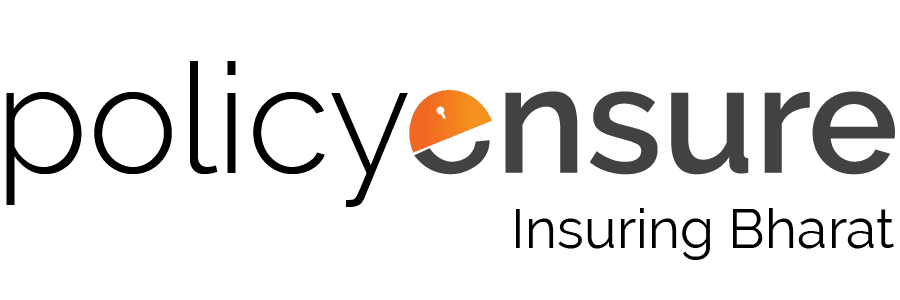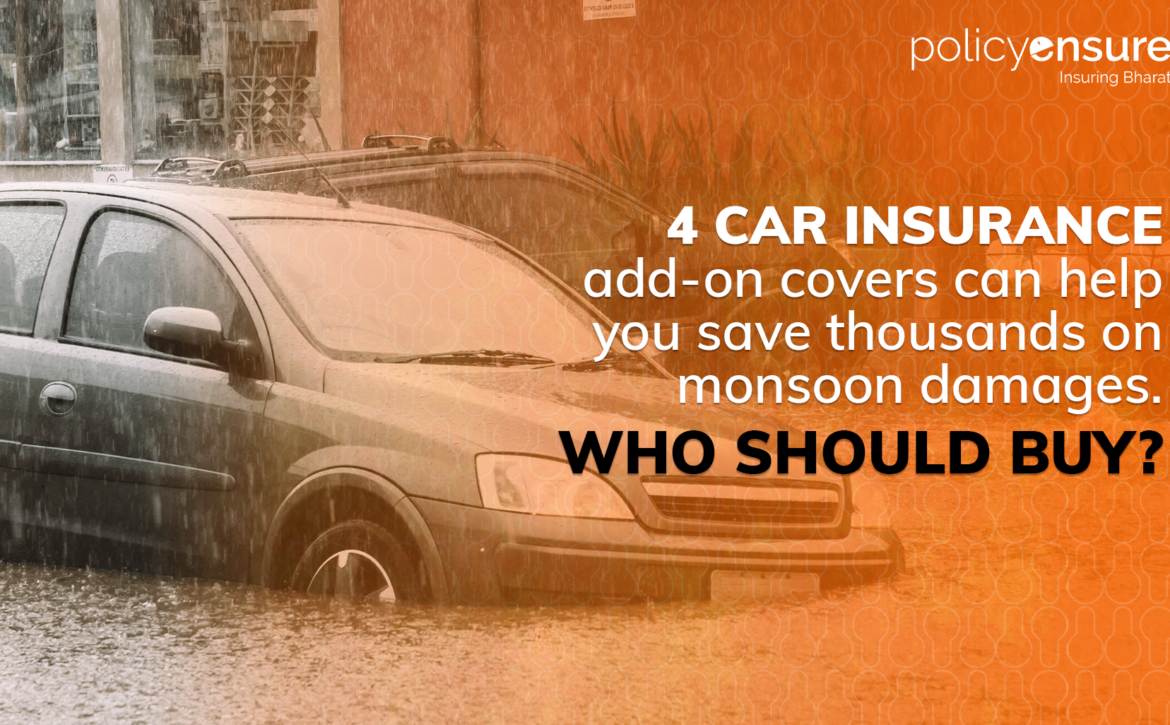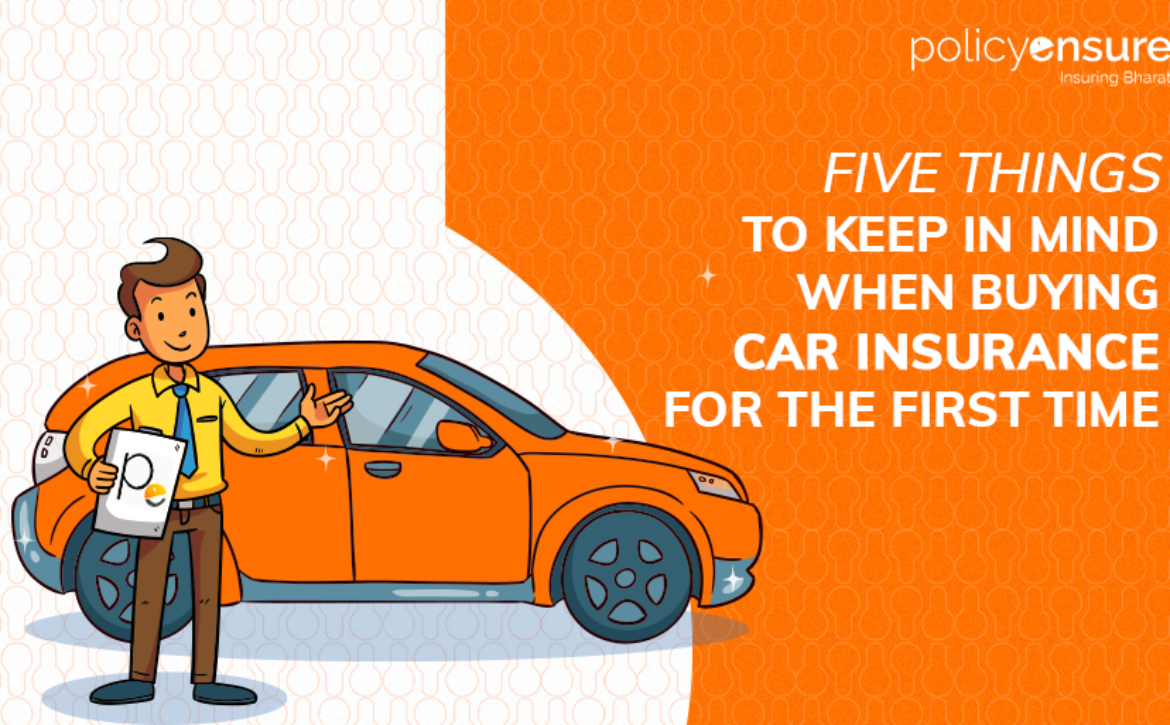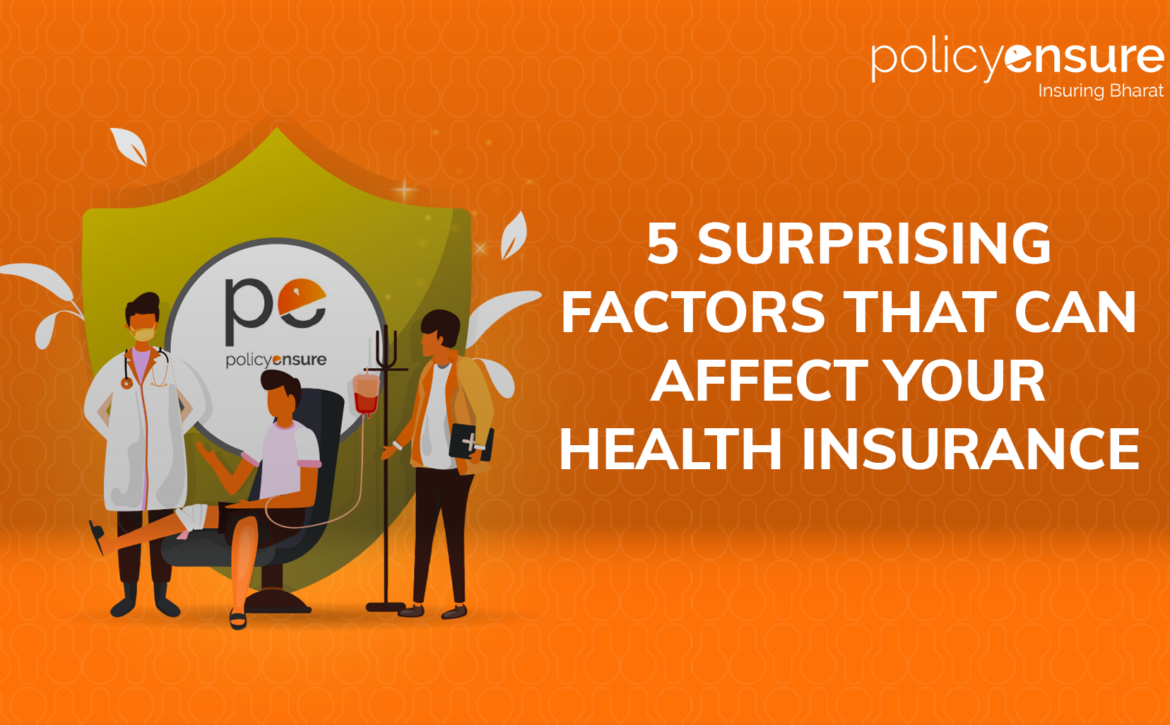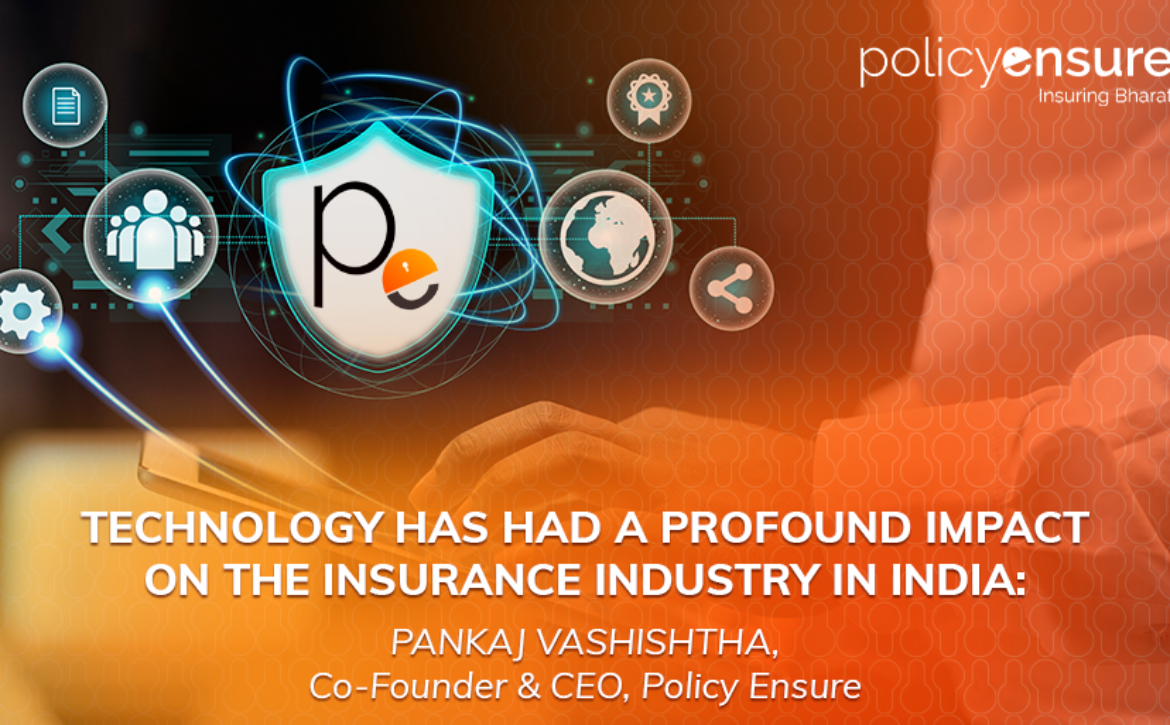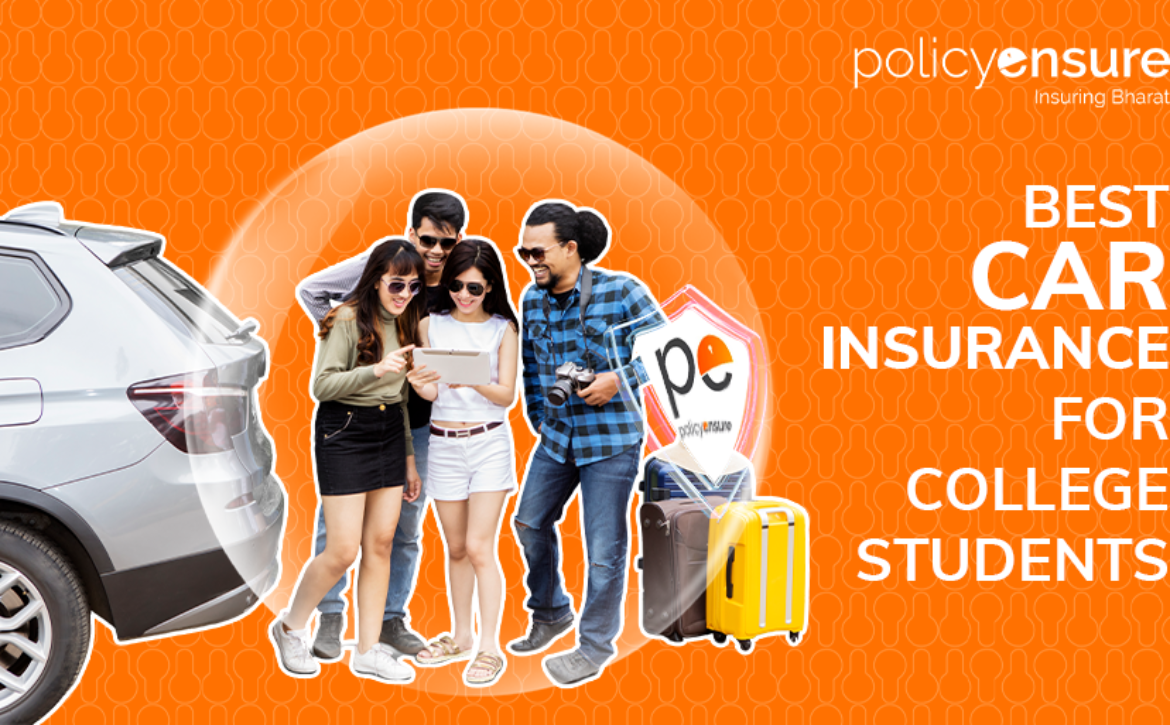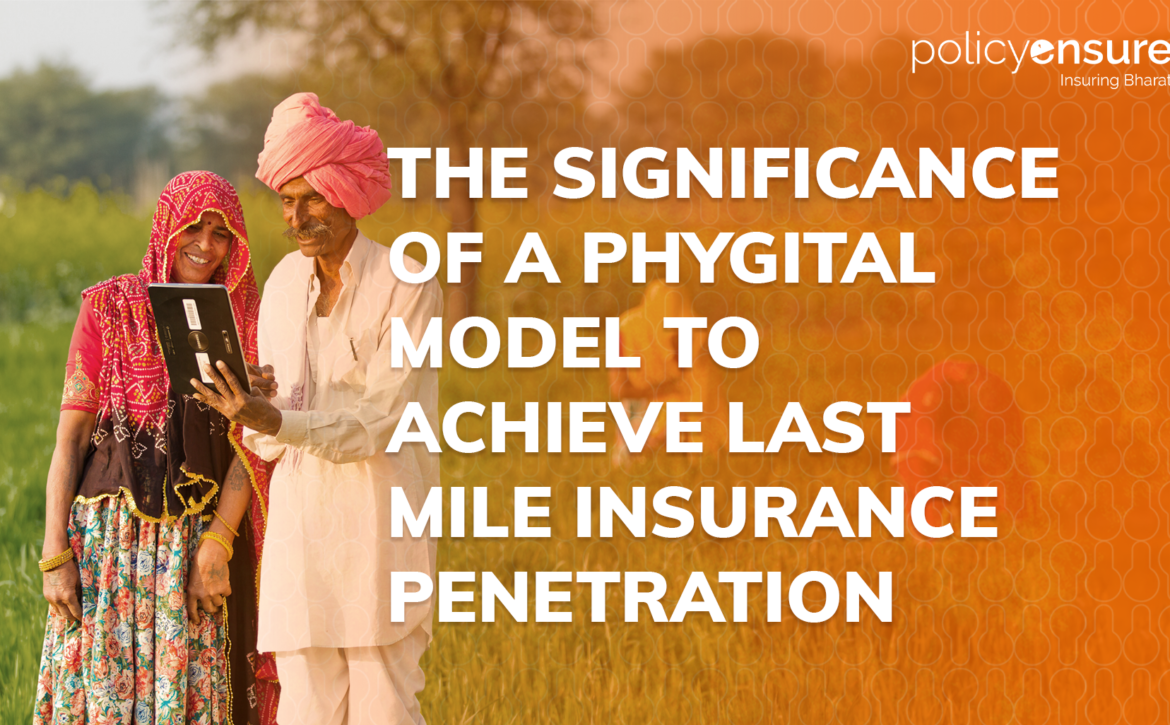4 car insurance add-on covers can help you save thousands on monsoon damages. Who should buy?
A comprehensive car insurance policy may not be adequate to protect your car against the damage that the monsoon can cause to it. Unless you have certain specific add-on covers, your insurer will not pay a penny to fix your car engine if damaged due to waterlogging. In case you need to change your seats or replace your windshield, the insurer typically pays only a part of it. That’s where car insurance add-on covers or riders come in handy.
Why damages are more frequent in monsoon?
“During heavy rainfall or waterlogging or floods, water can enter the vehicle and seep into the engine and damage it. This is one of the most common claims during monsoons. The engine is one of the most expensive parts of the vehicle and repairing or replacing it can be costly,” Kunal Jha, Head – Motor Product and Actuarial, Go Digit General Insurance.
“Trees or poles uprooted by heavy rains can also severely damage the car exterior. Multiple such instances are witnessed during heavy rains since many vehicles in India are parked on roads,” he added.
“Even if a car is not submerged in water, heavy rains can cause water damage to the car’s interior and electrical components. Water seepage can damage the car’s upholstery, dashboard, and electrical wiring, leading to costly repairs,” said Rahul M Mishra, Co-Founder and Director, Policy Ensure
During heavy rains, visibility on the roads can be significantly reduced, leading to accidents. The risk of skidding and hydroplaning increases as the roads become slippery, added many experts.
How car insurance add-ons cover plug the coverage gap
Add-ons are optional coverage that can be added to a comprehensive car insurance policy to enhance its coverage and provide additional protection. Here are the four add-ons that are a must during the monsoon season.
Why is Engine Protection Cover add on critical?
It is crucial to buy an engine protector add-on to safeguard your car engine from losses due to liquid ingress. If you repeatedly try to start your car while it is submerged in water, the car could break down. Repairing the engine could be costly. Such engine damages are not payable under a regular motor insurance policy as it is considered consequential damage. “The engine protector covers your vehicle in the event of a hydrostatic lock, wherein the water might seep into the vehicle’s air valve and block the engine,” said Nitin Kumar, Head – Motor Insurance, Policybazaar.com.
Roadside Assistance comes to your rescue during an emergency
Vehicle breakdowns are most common during monsoon season. In case you are stranded in a waterlogged area and unable to move your car, opting for 24×7 Roadside Assistance add-on cover can be beneficial, said Pooja Yadav, Chief Product Officer, Zuno General Insurance (Erstwhile Edelweiss General Insurance).
This cover offers prompt towing services by a professional that prevents further harm to your vehicle, added Animesh Das, Chief Underwriting Officer, ACKO.
Zero-depreciation Cover ensures total coverage in parts replacement
If you have a Zero-depreciation cover, you will be reimbursed the entire amount of the damage, and not just the depreciated value of the damaged components. “With this add-on, the policyholder can recover the maximum amount without considering depreciation, as the insurance company covers the total cost of the replacement parts,” said Aftab Chaz, Associate Director, and Business Head at Elephant.in (Alliance Insurance Brokers)
Cover for Consumable add-on ensures no payment even for consumables
This add-on covers the cost of consumable items such as engine oil, coolant, and brake oil, which are required during repairs due to damages caused by floods, water-logging, or accidents during the monsoon season.
While there are other add-on covers, the ones mentioned above are the most used by consumers due to their relevance and significance during monsoons.
Who should buy these car insurance add-on covers for monsoon season?
“It is important for vehicle owners to carefully consider their needs and the location they reside in before opting for any add-ons,” said Chaz.
“If you live in an area that is prone to flooding or water-logging during the monsoon season (such as Mumbai, Goa, Bangalore), the Engine Protect add-on and Consumables Cover add-on can be particularly useful as they provide coverage for damages caused to the engine and consumable items,” said Mishra.
“Coastal regions often experience heavy rainfall and face the risk of waterlogging and high levels of humidity. Water damage and the corrosive effects of saltwater can be significant concerns. engine protection cover and consumables cover can help mitigate the risks associated with these conditions,” said Amit Goel, Director & Principal Officer at Raghnall Insurance Broking & Risk Management Pvt. Ltd.
“Places with inadequate drainage infrastructure can lead to water accumulation on roads, increasing the likelihood of accidents due to slippery surfaces. In such areas, the Zero Depreciation Cover can be beneficial, as it ensures a higher payout for car parts without factoring in depreciation,” Goel added.
If you live in an area where immediate assistance during emergencies, such as towing or on-site repairs, is scarce or takes time to arrive, having roadside assistance cover becomes essential. “This cover provides peace of mind and ensures prompt help during breakdowns or accidents, especially in challenging weather conditions.
“People living in hilly areas, too, witness cases of landslides during monsoons. It makes immense sense to consider a comprehensive motor cover with suitable add-ons to provide complete protection to your vehicle, said Jha.
